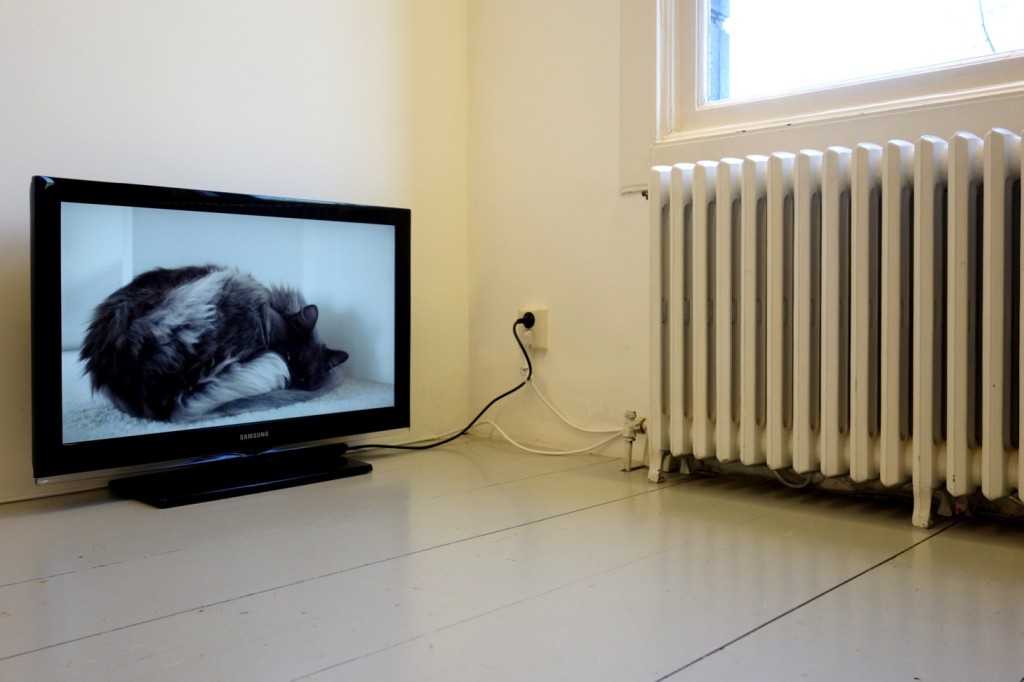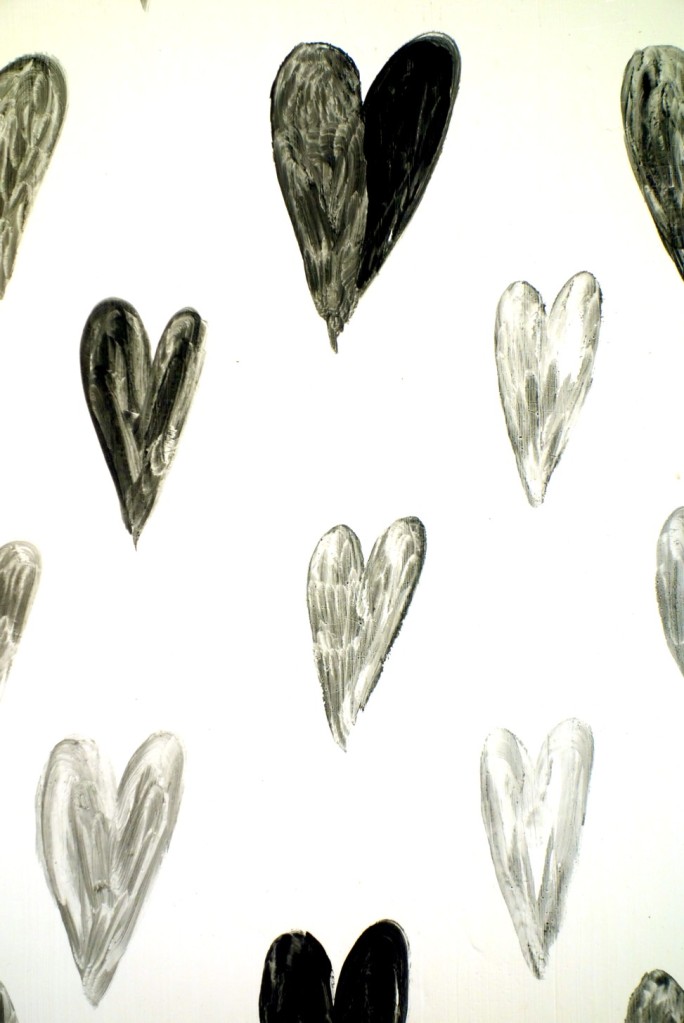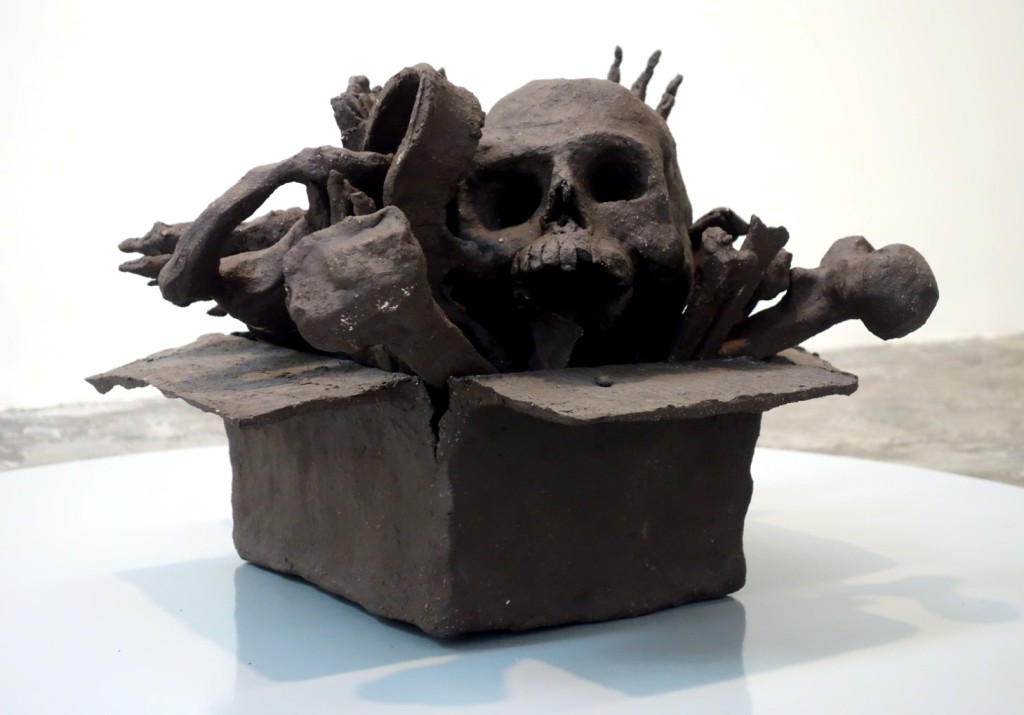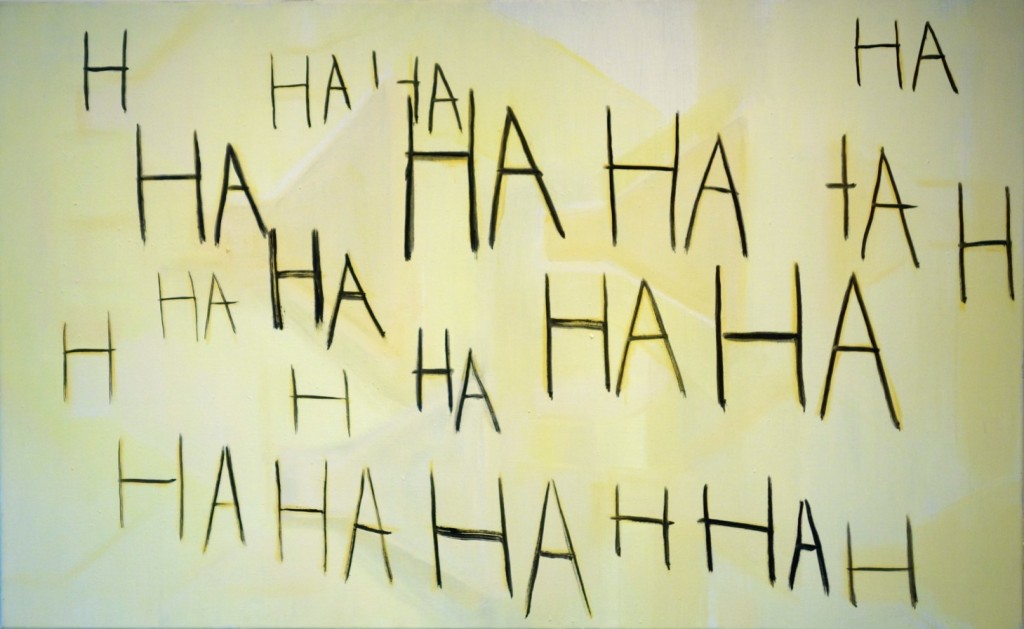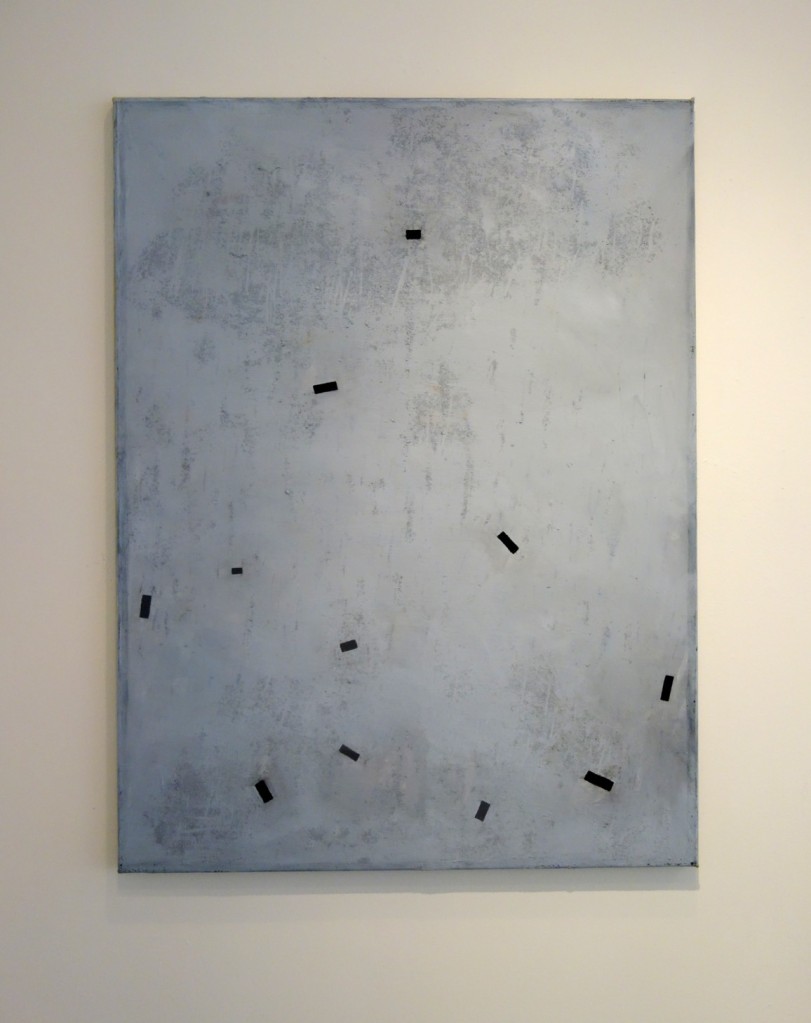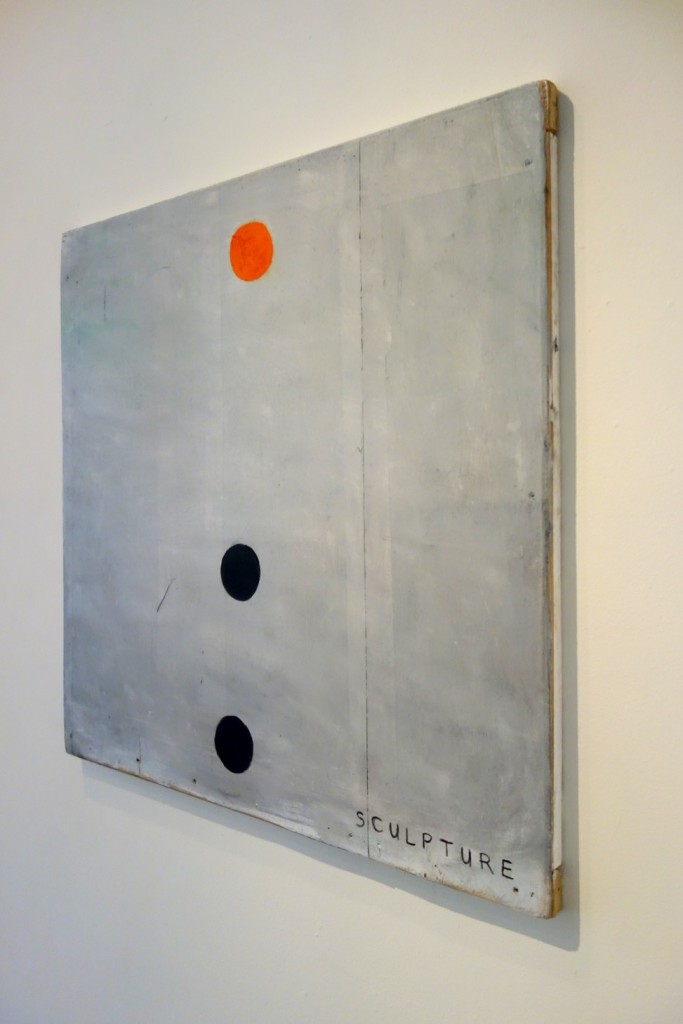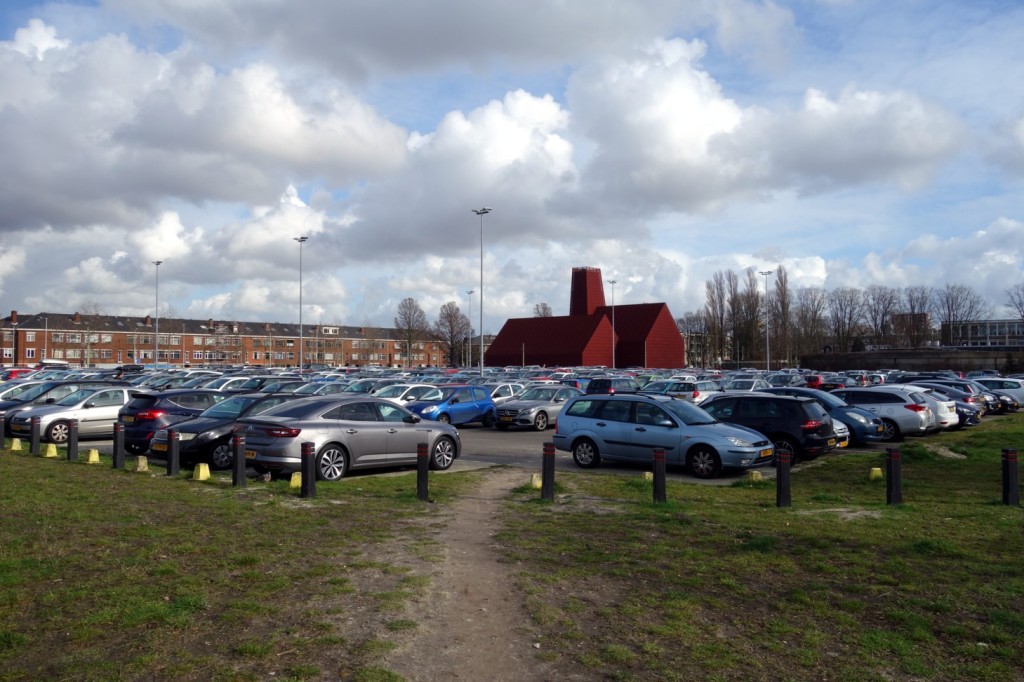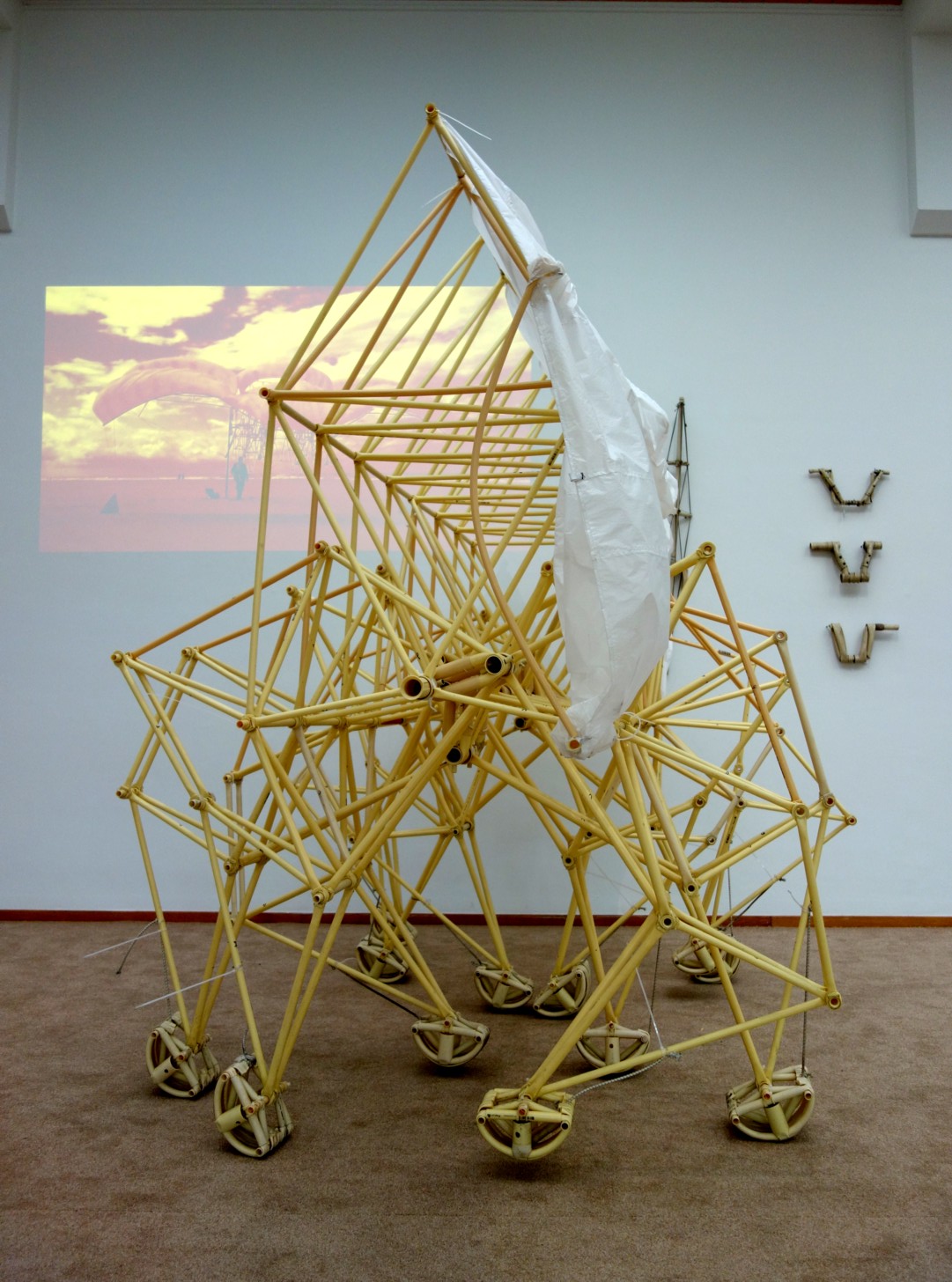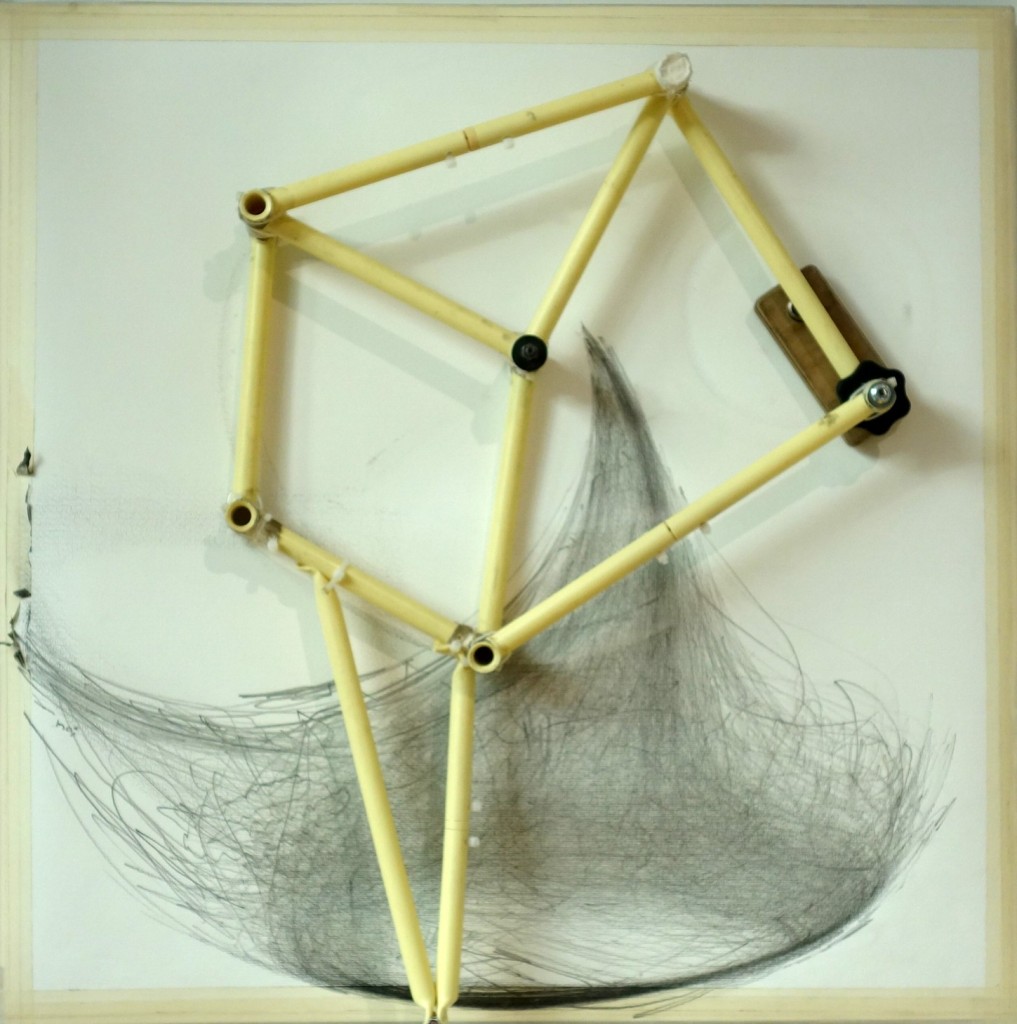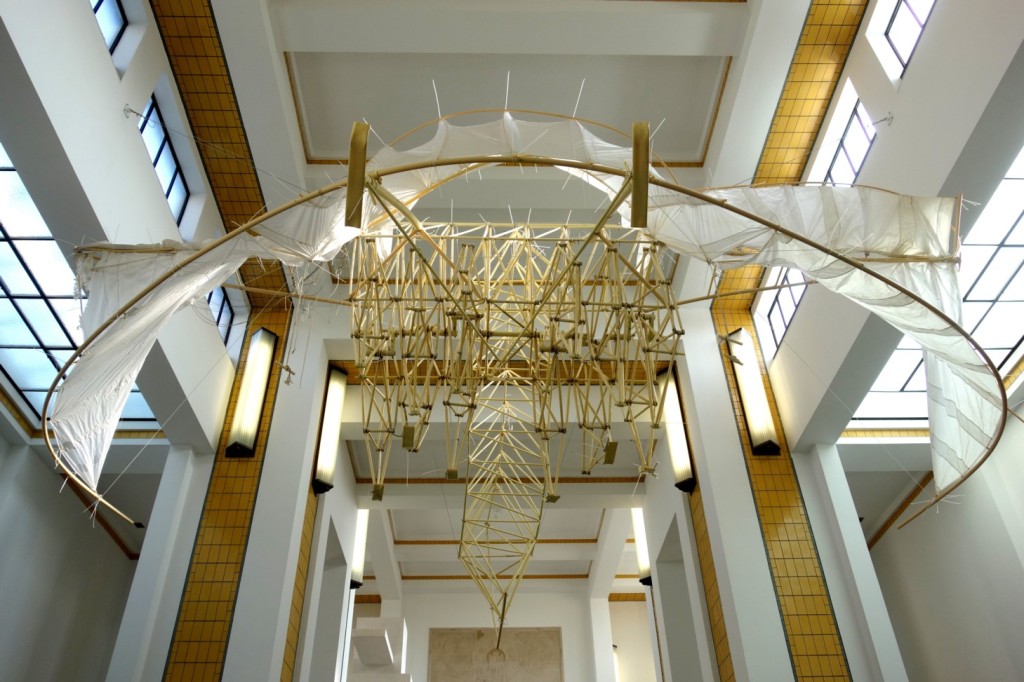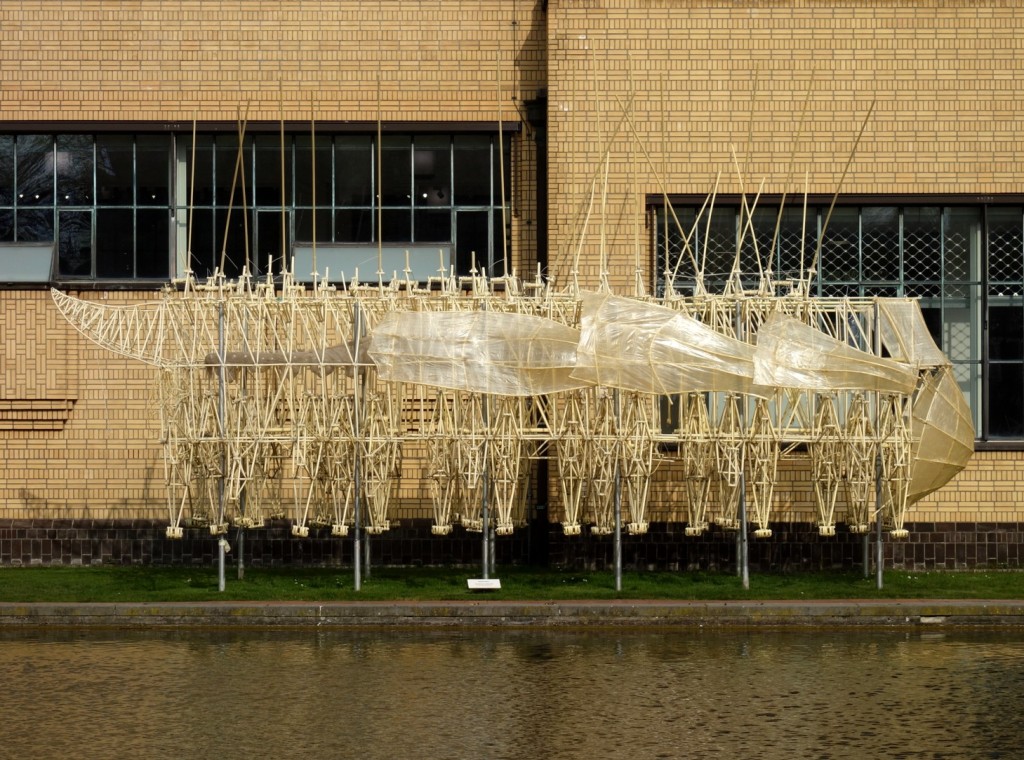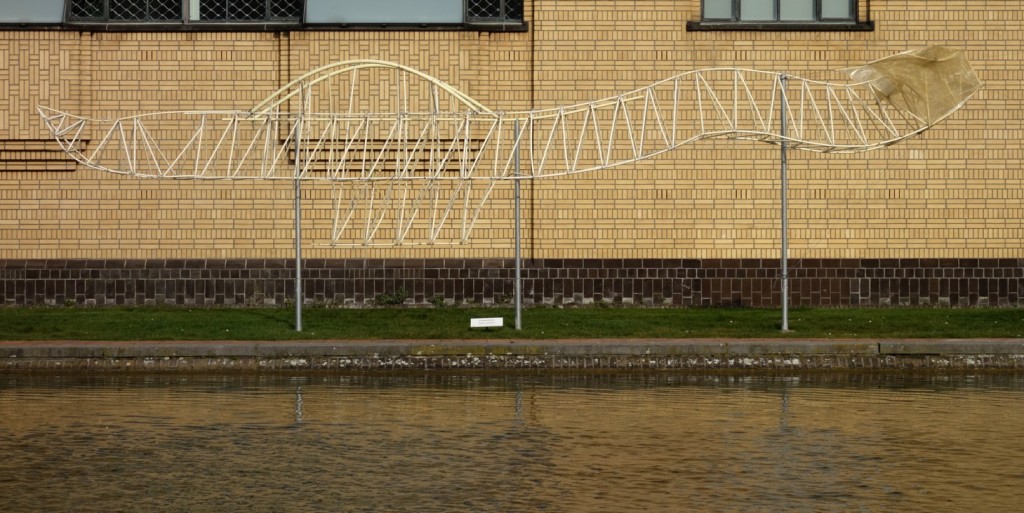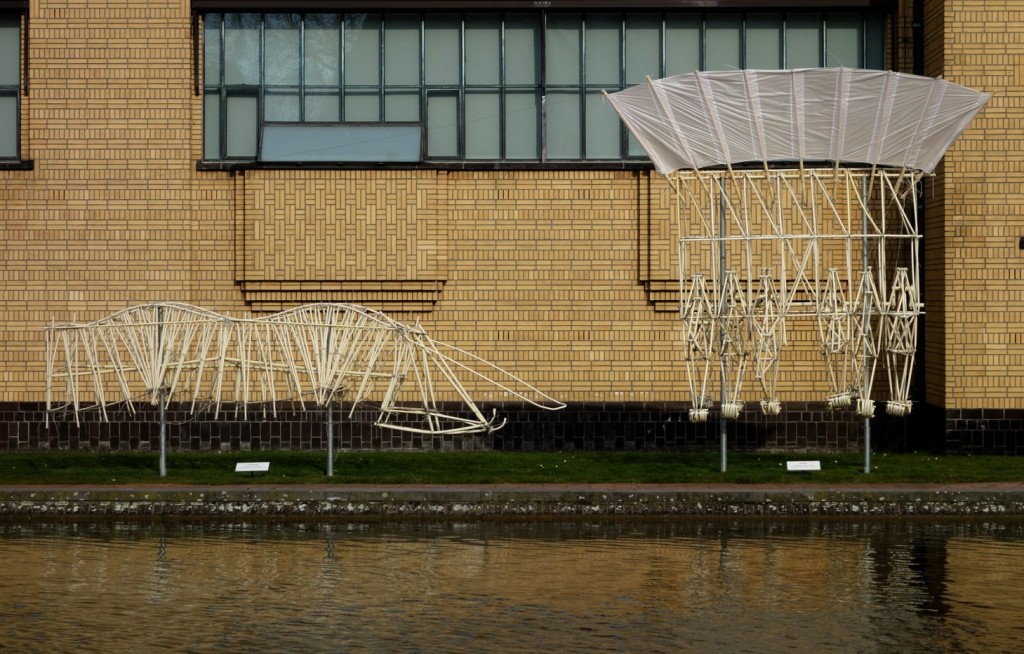“This exhibition is a starting point for a project that I will definitely develop further, so I also want to suggest that ‘open endedness’ a bit.”
Janek Simon in Janek Simon in conversation with Florian Weigl, last page of the accompanying booklet of the show

With these words Janek Simon (1977) ends an e-mail conversation with curator and researcher Florian Weigl.

Simon is nailing it, really, as, in spite of all care, dedication, time and labour that clearly went into the exhibits, Meta Folklore – presently at 1646 – looks like a finger exercise, like a work in progress.

That is not meant to be negative.

It is meant to indicate that, when visiting this exhibition, you are sharing with Simon a certain stage in his work and thinking.
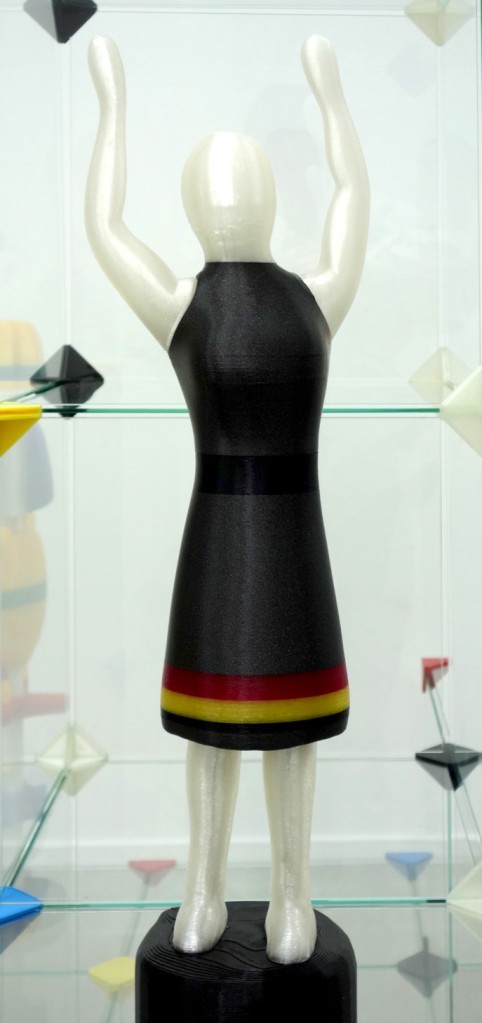
In the end, this is one of the best things one could long for as an artist, i think.

Simon, in the face of a society that has got off course (and more so as we speak), has taken modern technology into his own hands.
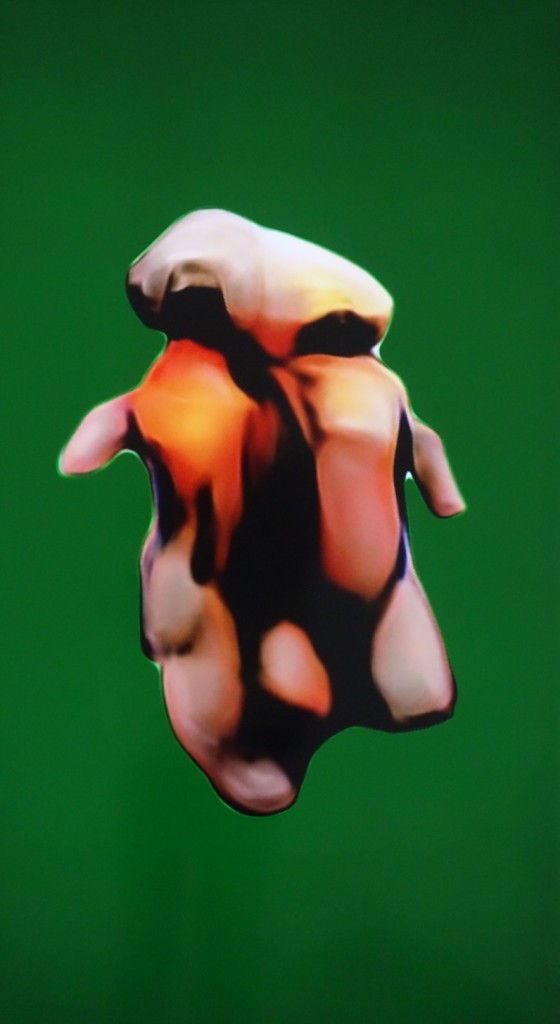
He won’t be dictated by what commercial companies and society want you to do with modern technology, he’d rather build his own stuff.

In Meta Folklore he shows you his handicrafts.


As a base he used pictures of sculptures labelled “folk” and “traditional” he collected from the internet.
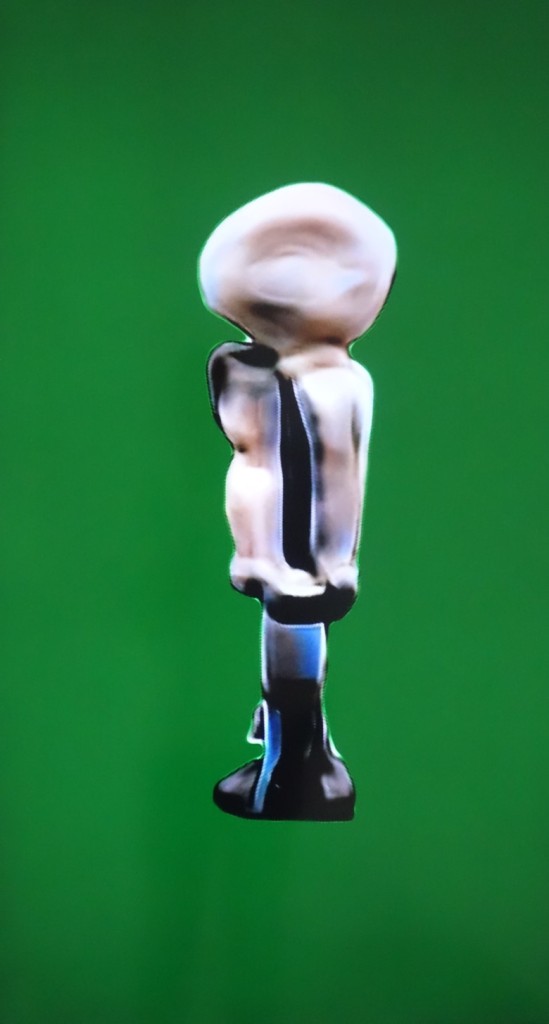
They come from many parts of the world, and he used computer learning technology to integrate all these different pictures, to let them evolve into each other in their full three-dimensionality.

In the back space of the gallery you can see some 3D printed results (of course Simon printed them himself).

In the front space you’ll see video loops with integrating and disintegrating sculptures.
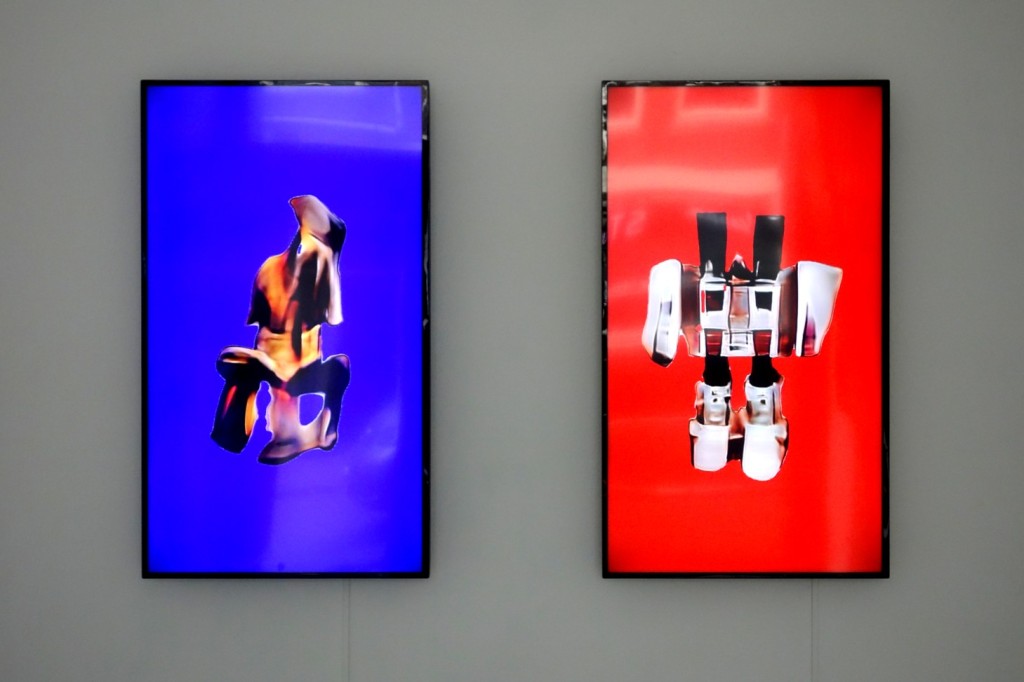
The whole ensemble is – as i see it – open to any interpretation, bearing in mind that the terms “folk art” or “traditional art” or even “folklore” are problematic in themselves.

In the video loops there is an almost endless variety of integrating and disintegrating sculptures, and as such of integrating and disintegrating different cultures.

This is as much a finger exercise for the artist (albeit an extremely comprehensive one), as it is for the viewer.

But, of course, i expect you to experience that for yourself!

Now that you’ve come here, you might as well subscribe to Villa Next Door (top right of the page)!
(Right click to enlarge pictures)
(All links open in new tabs)
© Villa Next Door 2022
Contents of all photographs courtesy to Janek Simon and 1646, Den Haag.
Bertus Pieters
VILLA NEXT DOOR IS NOT RESPONSIBLE FOR ANY ADVERTISING ON THIS PAGE!!



